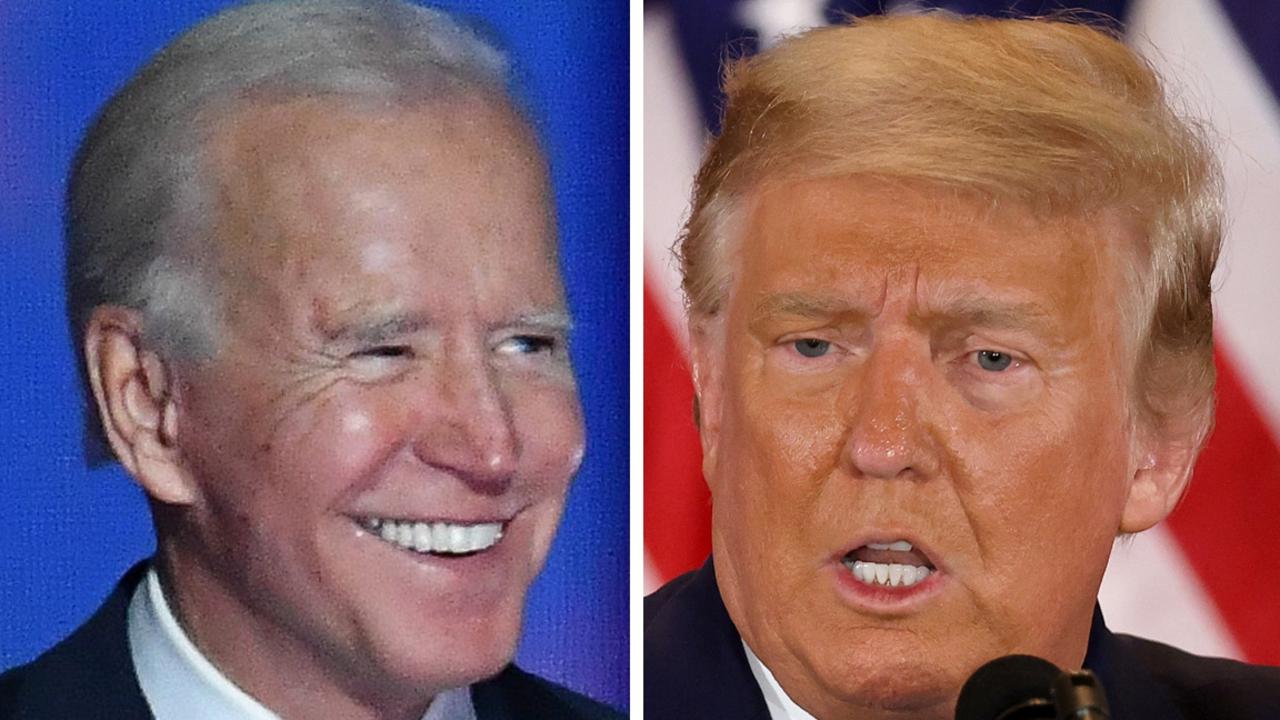US stocks fell on Monday as investors braced for this week’s expected Federal Reserve meeting and a fresh round of corporate earnings.
In morning trading in New York, Wall Street’s benchmark S&P 500 fell 0.8 percent, while the tech-heavy Nasdaq Composite lost 1.4 percent.
Both indexes rose on Friday, posting their first weekly gains since August, even as companies including Amazon, owner of Facebook Meta and Google parent Alphabet disappointed investors with third-quarter results and future forecasts.
Concerns about corporate America come as market participants are also closely watching policy meetings at the Bank of England and the US Federal Reserve this week.
The Fed is expected to raise rates for the fourth straight time by 0.75 percentage point on Wednesday and signal further rate hikes in an attempt to curb rapid price rises, even as fears mount that the US could slip into recession next year.
The Chicago Business Barometer, which measures corporate activity in the US Midwest, fell to 45.2 in October, down from 45.7 in September and below the 47 reading expected by economists polled by Reuters. A number below 50 indicates a contraction.
A national measure of manufacturing compiled by the Institute for Supply Management, closely watched as a proxy for the strength of the world’s largest economy, was released on Tuesday.
The Fed’s preferred measure of inflation, the core index of personal consumption expenditures, rose 0.5 percent month-on-month in September, in line with economists’ expectations, down from 0.6 percent in August.
Mark Hafele, chief investment officer at UBS Global Wealth Management, said the latest inflation numbers mean it’s “too early” for the Fed to follow suit Bank of Canada or European Central Bank in issuing “less hawkish signals”.
Investors also watched the latest corporate earnings season for signs of stress from high inflation and rising borrowing costs.
Companies in the S&P 500 have so far reported a 2.2 percent year-over-year rise in third-quarter earnings, according to FactSet data, which took into account reporting groups and estimates of those that who didn’t. This would be the slowest pace of profit growth since the third quarter of 2020.
However, the energy sector reported a 134 percent increase in revenue. Companies including Pfizer, Airbnb and Uber reported on Tuesday.
In government bond markets, the yield on the 10-year U.S. Treasury note edged up 0.04 percentage point to 4.05 percent as prices fell. The yield on 10-year German bonds added 0.05 percentage point to 2.1 percent, while the euro traded below parity against the dollar.
Eurozone consumer price inflation rose to a record 10.7 percent in October, well above the 10.2 percent forecast by economists polled by Reuters and up from 9.9 percent in September. Eurozone gross domestic product grew by 0.2 percent in the third quarter compared to the previous three-month period, Eurostat data showed.
Agnes Belais, managing director and chief European strategist at Barings Investment Institute, said a period of stagflation — low growth combined with relatively high inflation — remains her baseline scenario for Europe, despite better-than-expected GDP figures.
“However, in our dark horse scenario, growth remains higher than expected [next year] and demand remains strong, which also drives inflation, and in that case you have central banks needing to raise rates even more,” Belais said. “Such overheating can only end in a hard landing, with central banks basically killing the economy.”
The Bank of England is also expected to raise borrowing costs by 0.75 percentage point on Thursday at its first meeting since previous Chancellor Kwasi Kwarteng’s disastrous “mini” budget of unwarranted tax cuts.
In stock markets, the Stoxx Europe 600 regional index added 0.2 percent, with energy and consumer staples shares falling. London’s FTSE 100 index added 0.6 percent, erasing earlier losses.
In Asia, Japan’s Topix rose 1.6 percent and South Korea’s Kospi rose 1.1 percent. Hong Kong’s Hang Seng fell 1.2%, while China’s CSI 300 lost 0.9%.
This article is first published on Source link


